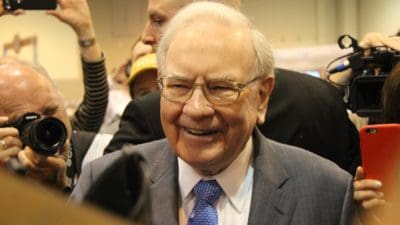The last six years have been truly dismal for savers in the UK. That’s because interest rates have sat at historic lows of 0.5% throughout that time, which has meant that finding an easy access savings account that offers more than 2% has become almost impossible.
An Improving Economy
Clearly, savers could empathise with why interest rates were so low back in 2009. After all, the UK and global economies were experiencing the biggest financial crisis since the Great Depression of the 1930s. As such, drastic action was necessary and, while it meant that cash balances provided only a paltry income, the rationale behind it was at least understandable.
However, with the UK economy now among the fastest growing in the developed world, maintaining such a low interest rate seems to be much more difficult for savers to stomach. After all, the ‘forward guidance’ given by the Bank of England said that an unemployment rate of 7% would be likely to cause interest rates to move higher, but yet when the unemployment rate fell from 7.8% to 7%, interest rates were kept on hold. Instead, savers were told that there was spare capacity in the economy that needed to be used up before rates could move higher.
A Troubled Eurozone
Moreover, while the UK and global economies are performing well, the Eurozone economy is doing anything but. Unlike the rest of the world, it has not yet come through the depths of the financial crisis and continues to post only anaemic rates of GDP growth, with a cloud surrounding the viability of the single-currency zone continuing to persist. As such, the risk to the UK economy from a more severe downturn in the Eurozone remains significant and, as a result, is making the Bank of England seemingly unwilling to take a chance on higher rates.
Deflation
Of course, an even greater risk to the UK economy has now presented itself. A mixture of falling energy prices and a collapsing oil price has caused inflation to fall to just 0.3%. While this may seem like a positive development, with wage rises now being ahead of price rises for the first time since the start of the credit crunch, if inflation does become negative then deflation could cause havoc for the UK economy.
For example, consumers would simply stop spending money on anything but necessities, since the price of goods and services would be in decline and they would save money by delaying purchases. As such, GDP growth would almost inevitably come under pressure and a prolonged period of deflation could lead to a recession. Clearly, this is a situation that the Bank of England will wish to avoid, and so if deflation does become a reality then even lower interest rates could be on the cards.
Looking Ahead
So, while savers may be hoping for an imminent interest rate rise, it seems somewhat unlikely in the months ahead. Certainly, interest rates will need to rise over the next few years, but with the continued threats of deflation, a weak Eurozone and a lack of confidence in the recovery from the biggest financial crisis in living memory, higher savings rates remain some years off. Furthermore, once they do begin to rise, they are unlikely to be at anything but a slow pace.







